37
We can in fact find hypermediacy in individual works and individual painters throughout the period in which linear perspective and erasure were ascendant: for example, in Velasquez's Las
Meninas, discussed by Alpers, Foucault, and, because of Foucault, many others (Alpers 1982,69-70; Foucault 1971,3-16) One could argue and this would simply be a version of a familiar poststructuralist argument-that hypermediacy was the counterpart to transparency in
Western painting, an awareness of mediation whose repression almost guaranteed its repeated return.
We can in fact find hypermediacy in individual works and individual painters throughout the period in which linear perspective and erasure were ascendant: for example, in Velasquez's Las
Meninas, discussed by Alpers, Foucault, and, because of Foucault, many others (Alpers 1982,69-70; Foucault 1971,3-16) One could argue and this would simply be a version of a familiar poststructuralist argument-that hypermediacy was the counterpart to transparency in
Western painting, an awareness of mediation whose repression almost guaranteed its repeated return.
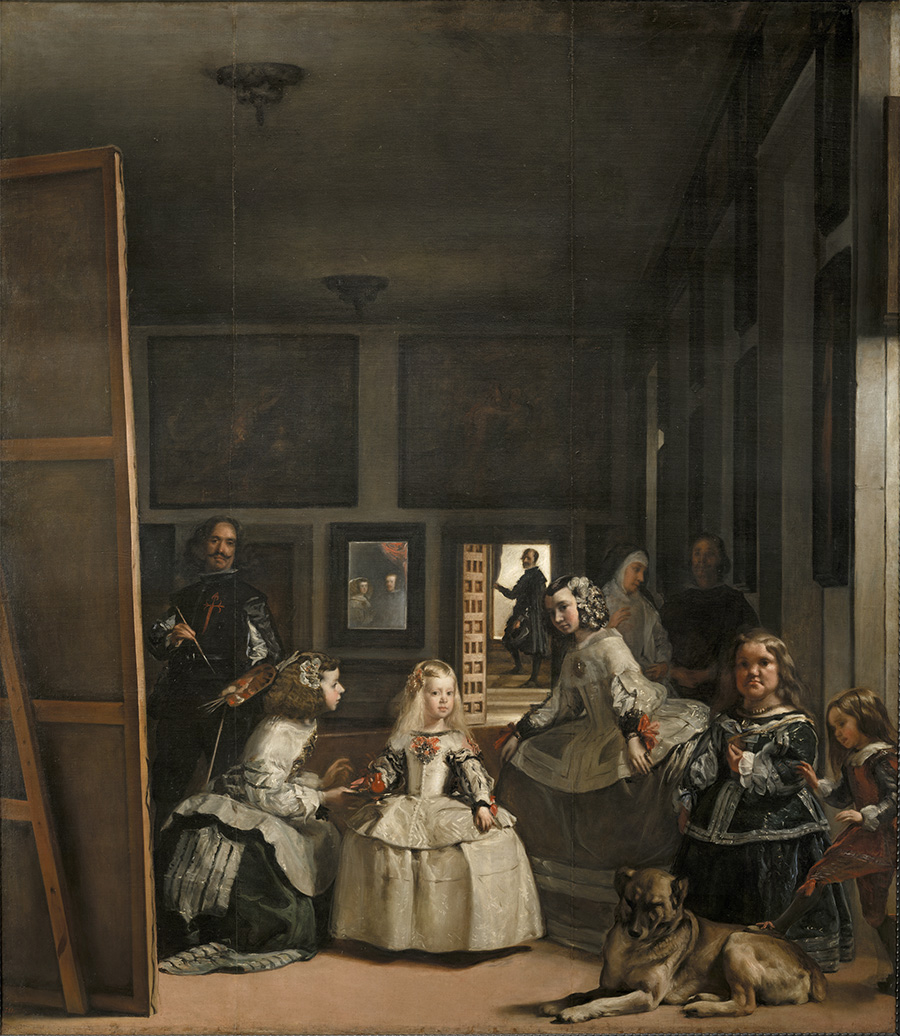 Source type: picture
Source type: pictureInfo: Las Meninas by Diego Velázquez - Museo del Prado / Madrid
Original size: 900x1036 px. Edit
The phenakistoscope employed a spinning wheel and multiple images to give the
impression of movement. The appeal to immediacy here was that a moving picture, say, of a horse, is more realistic than a static image. On the other hand, it was not easy for the user to ignore or forget the contraption of the phenakistoscope itself, when even its name was so
contrived. The phenakistoscope made the user aware of the desire for immediacy that it attempted to satisfy.
The phenakistoscope employed a spinning wheel and multiple images to give the
impression of movement. The appeal to immediacy here was that a moving picture, say, of a horse, is more realistic than a static image. On the other hand, it was not easy for the user to ignore or forget the contraption of the phenakistoscope itself, when even its name was so
contrived. The phenakistoscope made the user aware of the desire for immediacy that it attempted to satisfy.
The same was true of the stereoscope, which offered users a three-dimensional image that seemed to float in space. The image was eerie, and the device unwieldy so that the stereoscope (fig. 1.4) too seemed to be a more or less ironic comment on the desire for immediacy.
The same was true of the stereoscope, which offered users a three-dimensional image that seemed to float in space. The image was eerie, and the device unwieldy so that the stereoscope (fig. 1.4) too seemed to be a more or less ironic comment on the desire for immediacy.
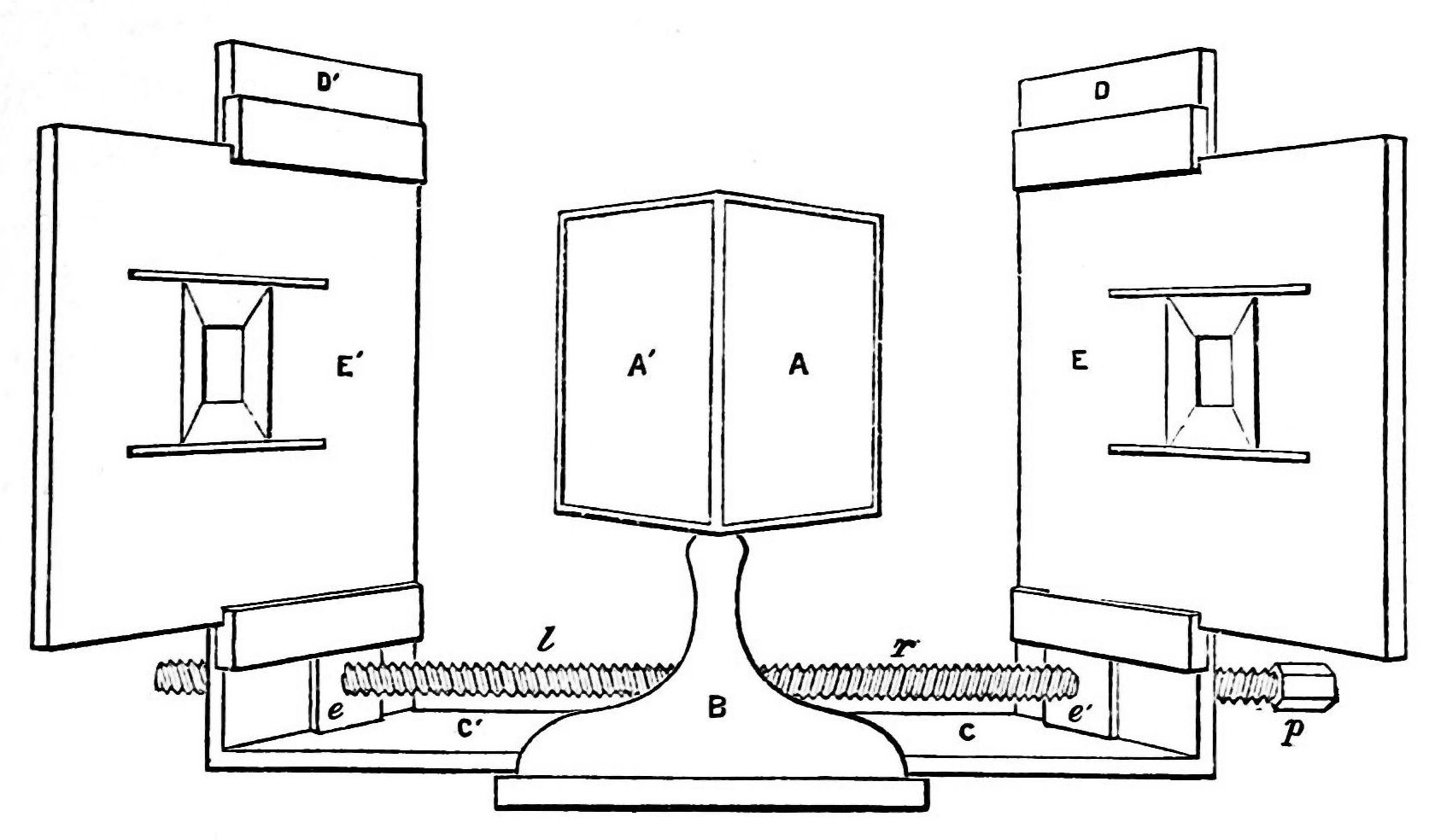 Source type: picture
Source type: pictureInfo: The diagram of the stereoscope - by Charles Wheatstone
Original size: 1673x984 px. Edit
 Log-in
Log-in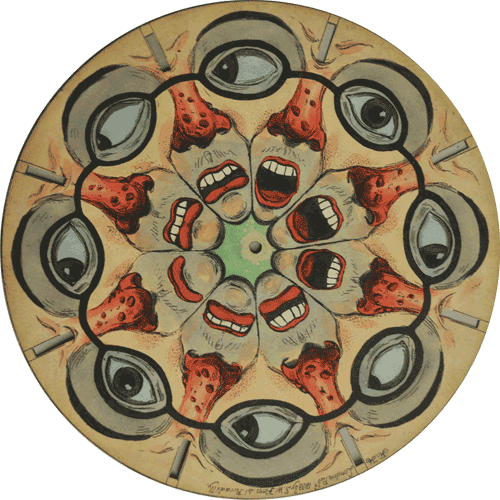 Source type: picture
Source type: picture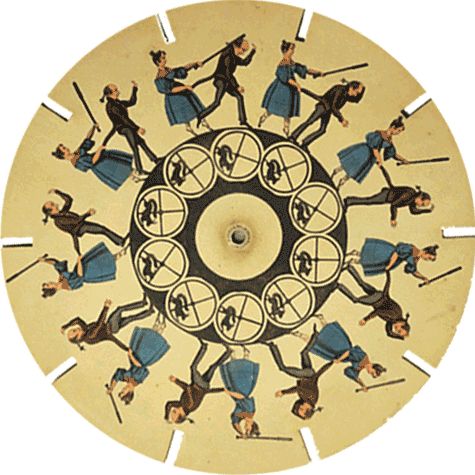 Source type: picture
Source type: picture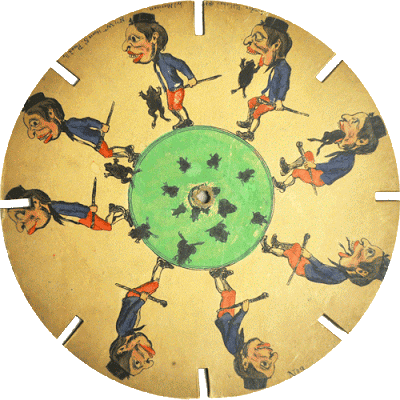 Source type: picture
Source type: picture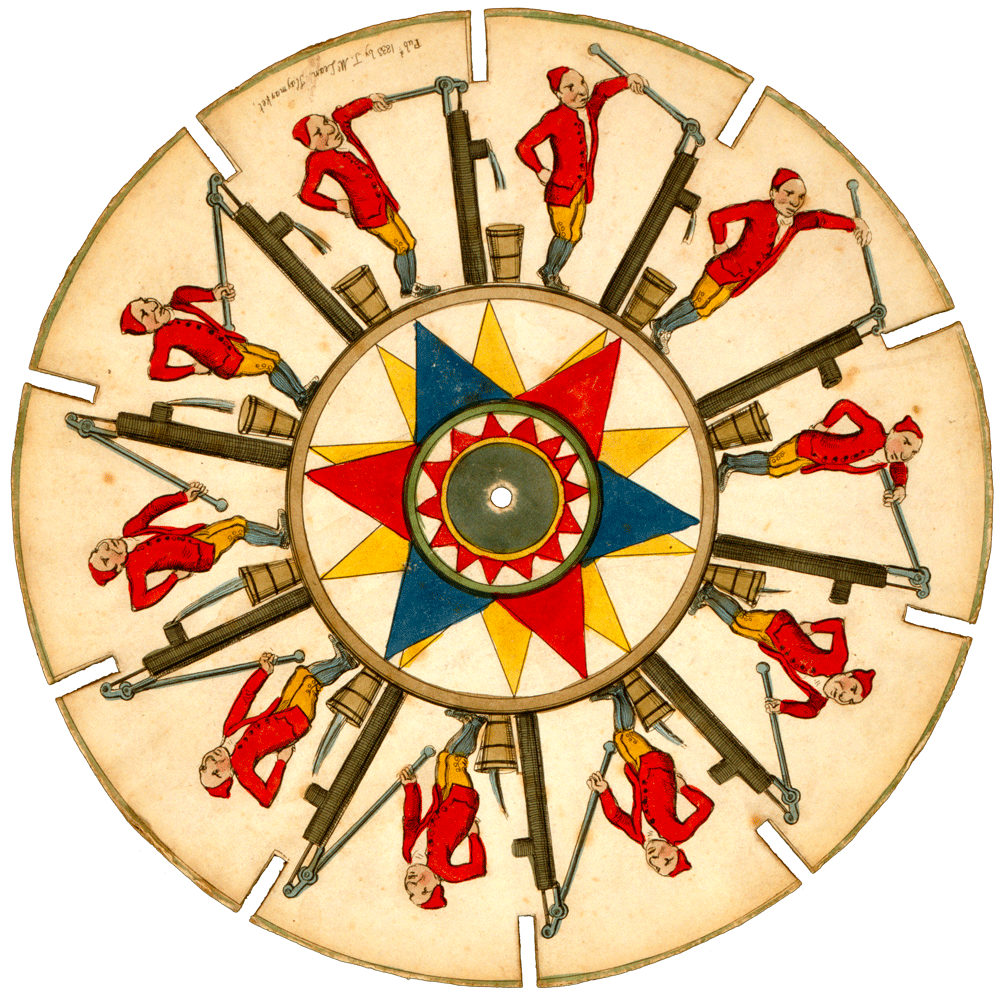 Source type: picture
Source type: picture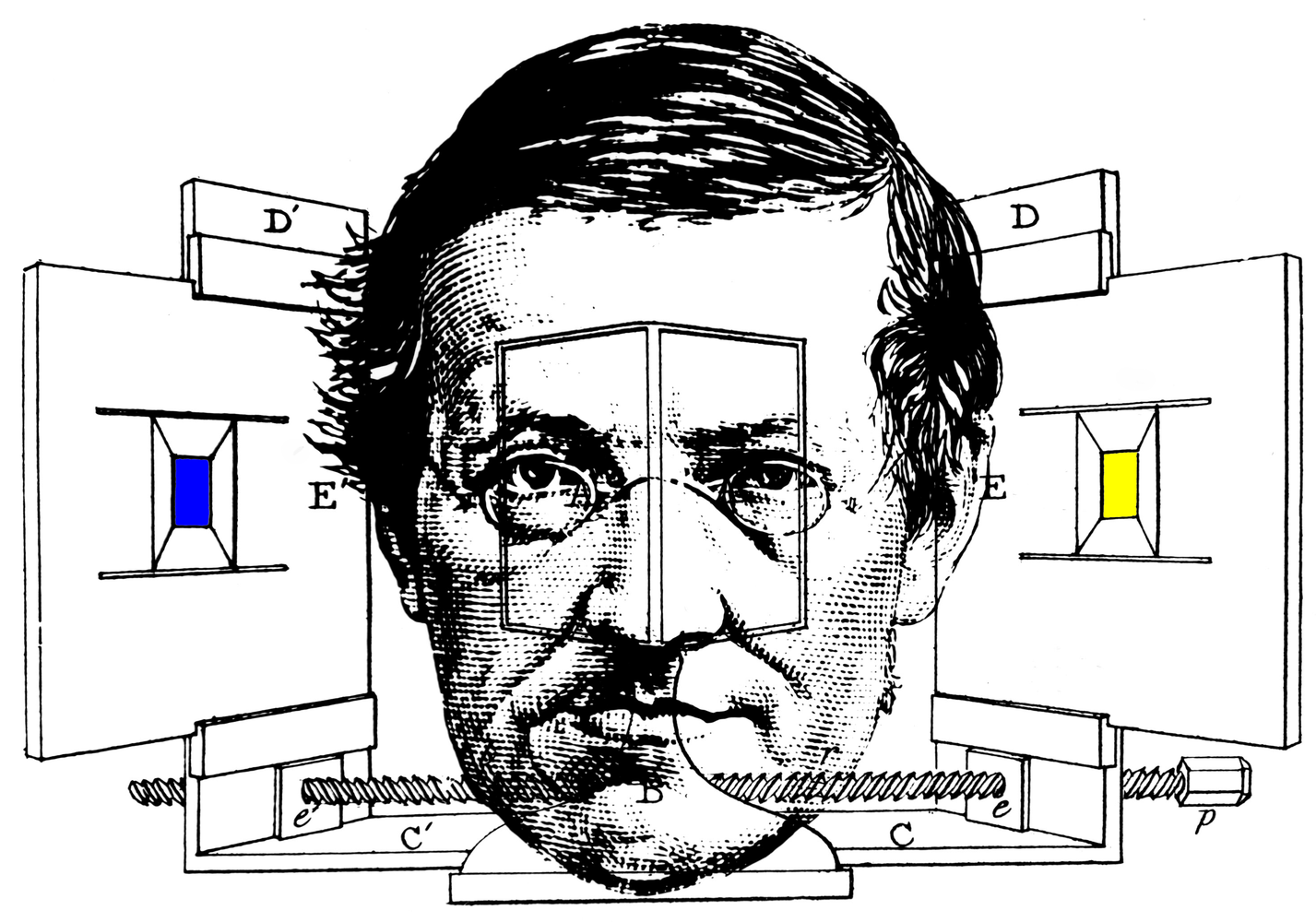 Source type: picture
Source type: picture Source type: picture
Source type: picture